Estate jewelry is highly sought after by jewelry enthusiasts, collectors, and even those just looking for a unique piece to add to their wardrobe. But what is estate jewelry? Estate jewelry can be any jewelry that was previously owned.
Estate vs. Antique vs. Vintage
Estate jewelry carries stories, craftsmanship, and charm that new pieces can’t always replicate. Simply put, estate jewelry is any piece that has had a previous owner, whether decades old or just recently made.
This includes everything from pre-owned jewelry bought last year to authentic estate jewelry from a century ago. It can also be used to refer to jewelry sold in an estate sale, which is also pre-owned.

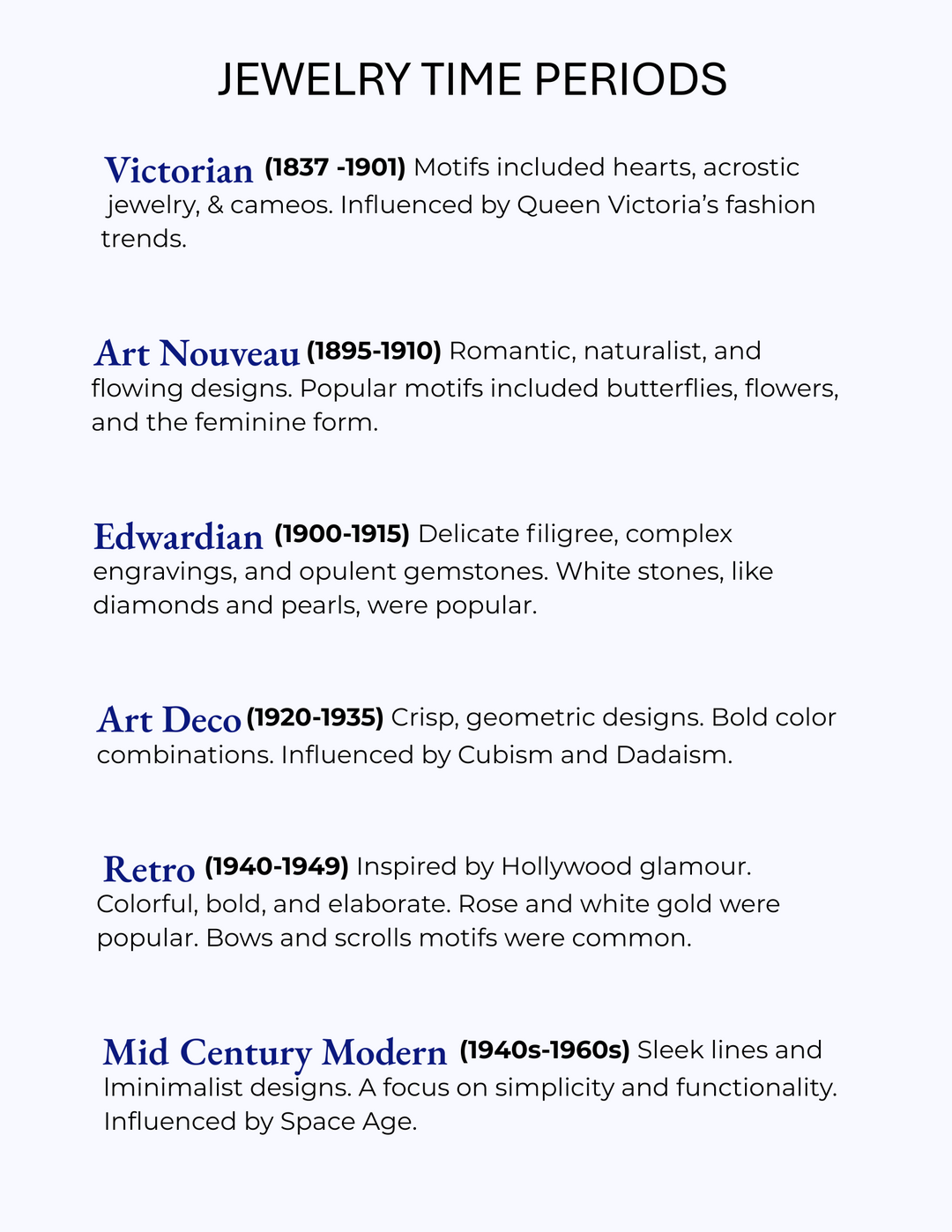
We use "antique" and "vintage" to describe how old jewelry is. Antique jewelry is more than 100 years old. Vintage jewelry is between 50 and 100 years old. Understanding the difference between antique and vintage jewelry helps you know exactly what you're buying.
Each period reflects the artistic movements, materials, and craftsmanship techniques of its time. From the romantic sentimentality of Victorian pieces to the bold geometric forms of Art Deco, these styles continue to captivate collectors and jewelry lovers today.
Different Eras of Antique Jewelry
Antique jewelry means pieces made in 1925 or earlier (as of the time of writing this blog). Several famous eras fall within this timeframe, including Georgian, Victorian, Art Nouveau, Edwardian, and early Art Deco. Each era of antique jewelry features distinct styles and craftsmanship.
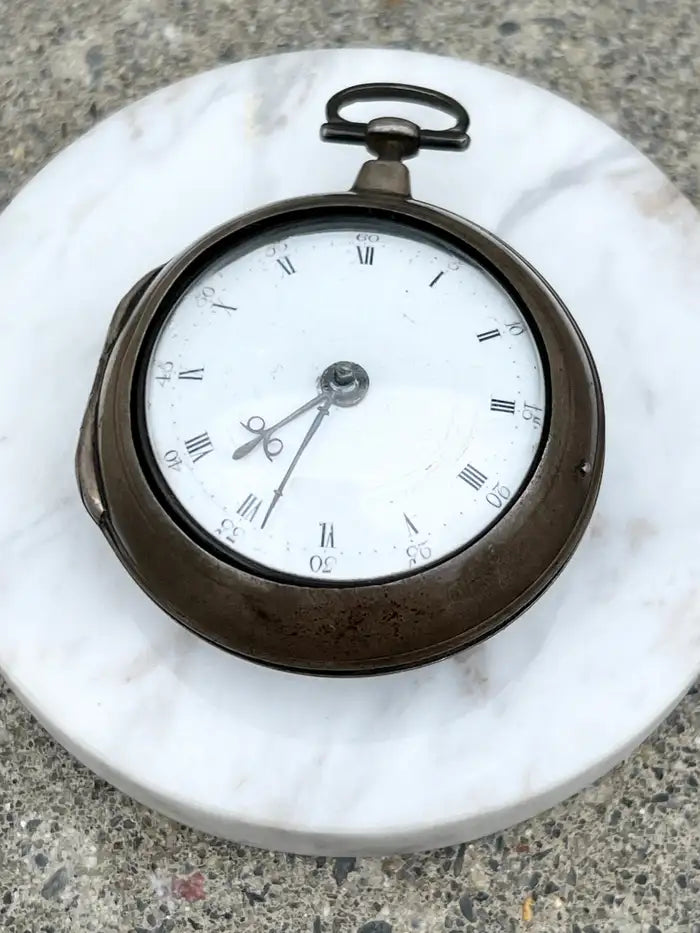
Georgian Jewelry (1714-1835)
The Georgian Period is defined by the reigns of four King Georges of England. Georgian jewelry is very rare and handmade from gold and silver. The designers were often inspired by nature; leaves, trees, flowers, and animals were common motifs. During this era, jewelry making was a meticulous craft performed entirely by hand. Pieces often featured rose-cut diamonds, colored gemstones like garnets and topaz, and intricate metalwork.
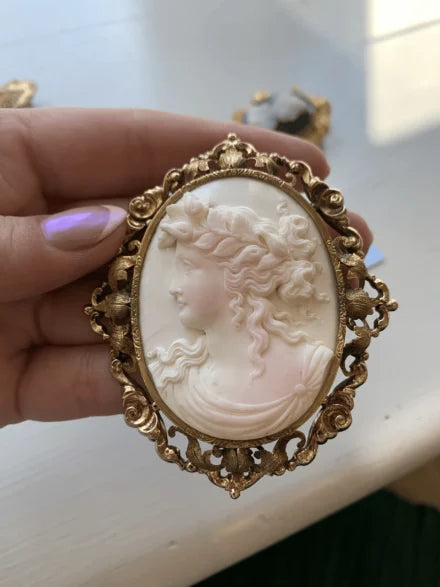
Victorian Jewelry (1837-1901)
The Victorian period spanned Queen Victoria’s reign in England. Queen Victoria’s fashionable tastes had a profound influence on jewelry made during this period. In the Early Victorian Period, popular pieces included amethysts, pearls, and garnets set in gold. After the death of Prince Albert, Queen Victoria entered a period of public mourning, and black jewelry, featuring black enamel and jet, gained in importance. Victorian engagement rings and brooches from this era remain highly collectible today.
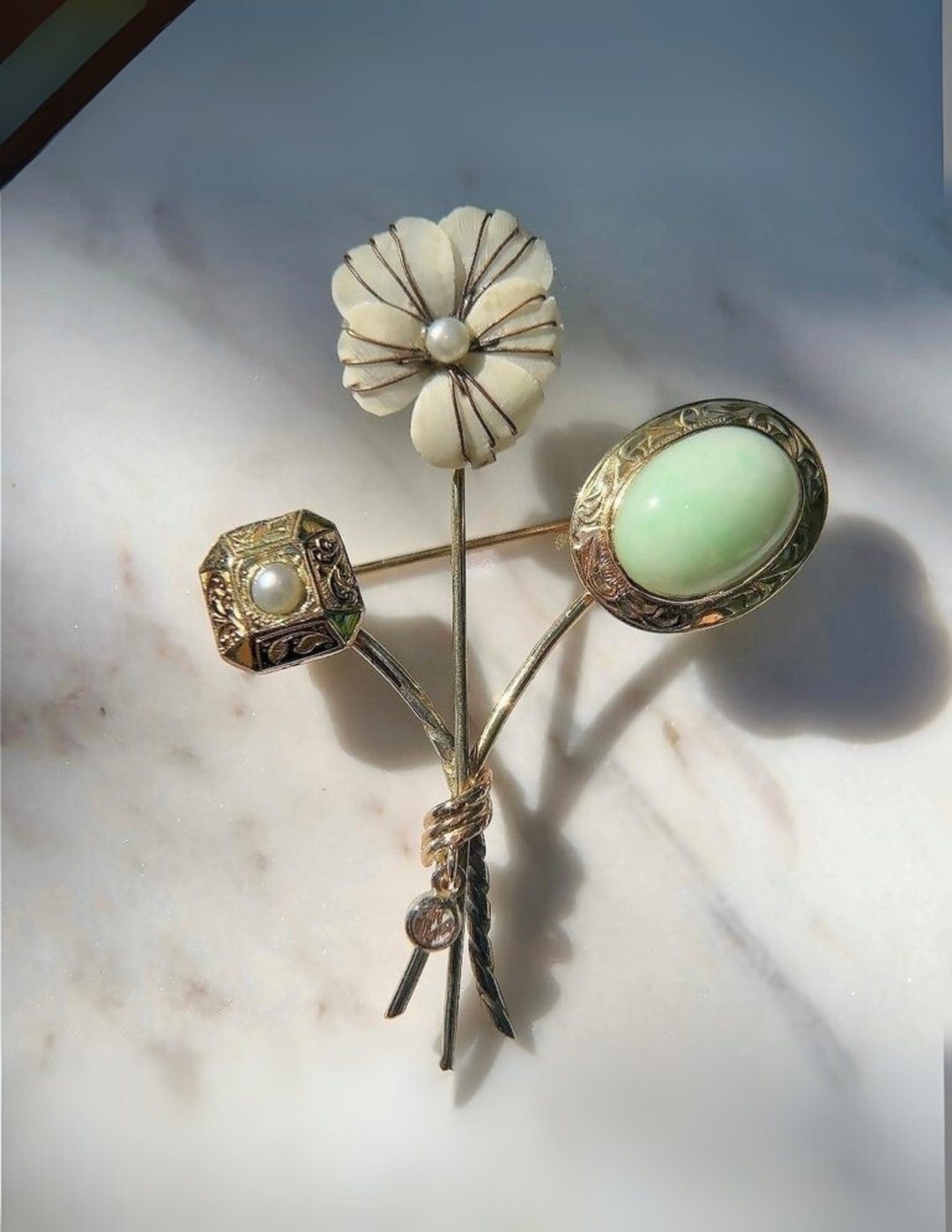
Art Nouveau Jewelry (1895-1910)
The designs of the Art Nouveau period were characterized by flowing, romantic, and naturalistic elements, often depicted in the form of flowers, butterflies, and sensual women with long, flowing hair. This movement embraced asymmetry and organic curves, breaking away from the rigid Victorian aesthetic. Artisans favored materials like enamel, opals, moonstones, and baroque pearls for their natural, dreamy qualities.
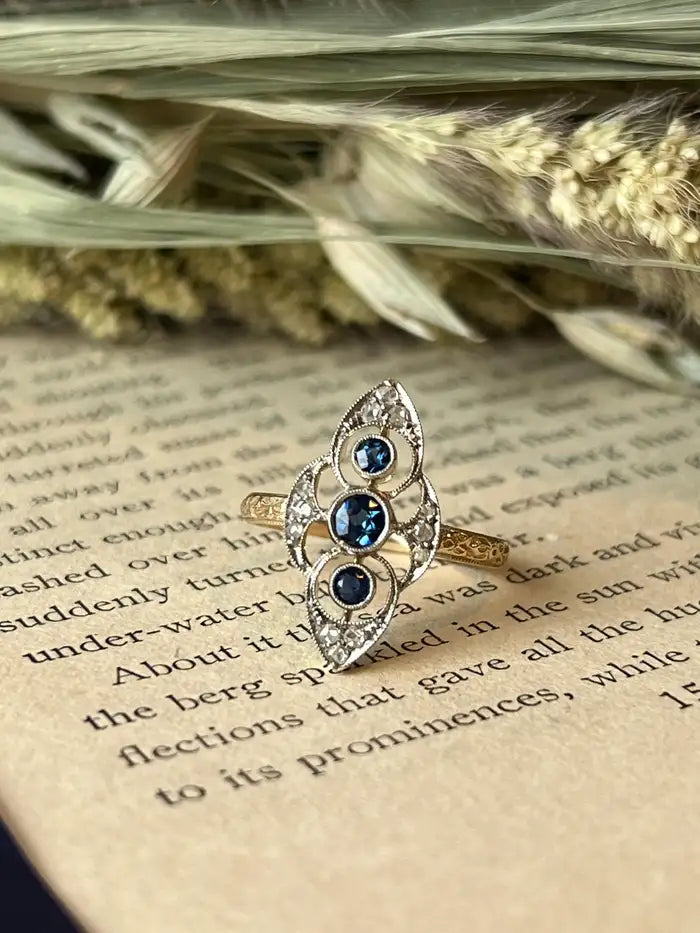
Edwardian Jewelry (1900-1915)
King Edward VII ruled during the Edwardian period. Edwardian jewelry shows beautifully complex engraving and delicate filigree. White stones, like diamonds and pearls, were popular. Designers often used rubies and emeralds in elaborate patterns. Antique engagement rings from the Edwardian era are characterized by exceptional detail and craftsmanship.

Art Deco Jewelry (1920-1935)
Art Deco jewelry motifs are characterized by complex, crisp, geometric designs, bright color combinations of jade and onyx, and coral and jet, as well as abstract patterns. In 1922, the opening of Tutankhamen’s Tomb in Egypt inspired an Egyptian revival. The early 1920s interest in Cubism and Dadaism as a new art form greatly influenced the Art Deco Period.
Different Eras of Vintage Jewelry
Vintage jewelry means pieces made between 1926 and 1976 (as of the time of writing this blog). How old is vintage jewelry? It must be at least 50 years old but less than 100 years old. Common vintage eras include late Art Deco, Retro, and Mid-Century Modern. Later jewelry periods had distinct styles but no specific era names.
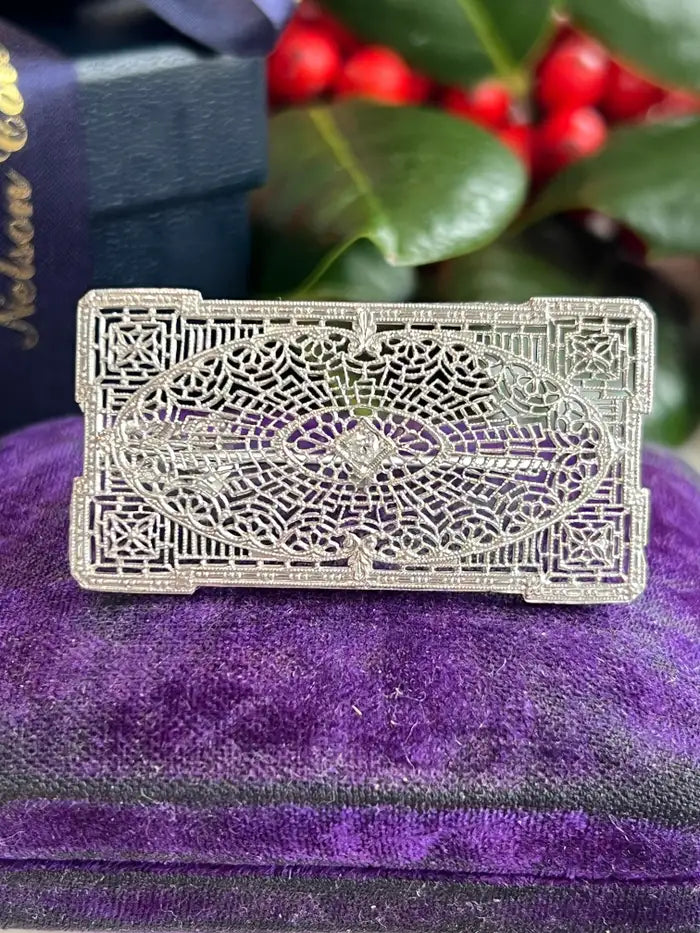
Art Deco Jewelry (1920-1935)
The Art Deco movement bridges both antique and vintage definitions, spanning roughly 1920–1935. See the Antique section for more detail.
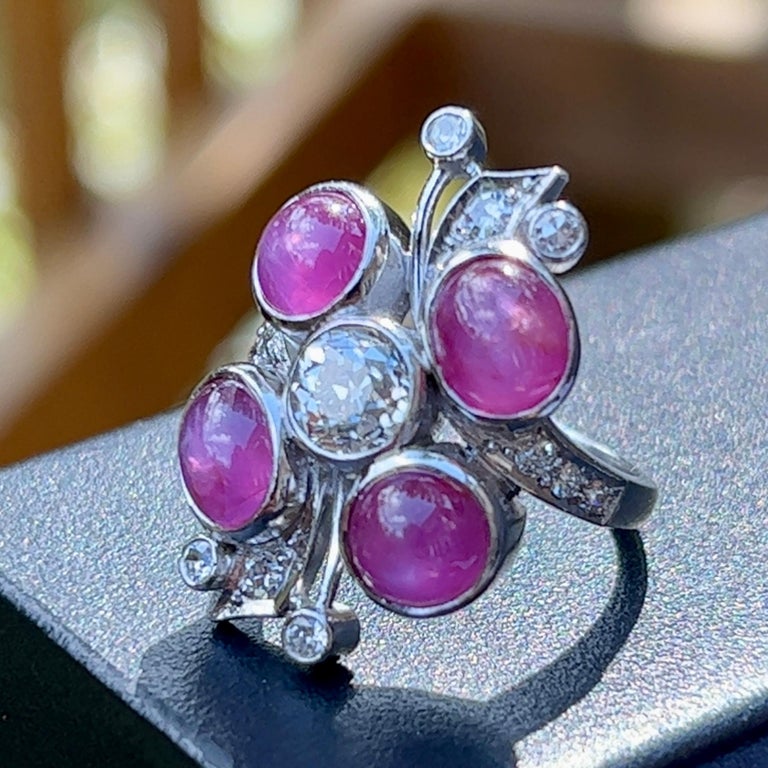
Retro Jewelry (1940-1949)
Glamorous Hollywood style inspired Retro jewelry. These pieces are colorful, bold, and elaborate. Large scrolls and bows appear often. Rose and yellow gold dominated, and popular stones included aquamarine, amethyst, sapphire, and especially ruby. The Retro period emerged during World War II, when platinum was reserved for military use, leading jewelers to work primarily in gold. This resulted in dramatic, three-dimensional designs with a sculptural quality.
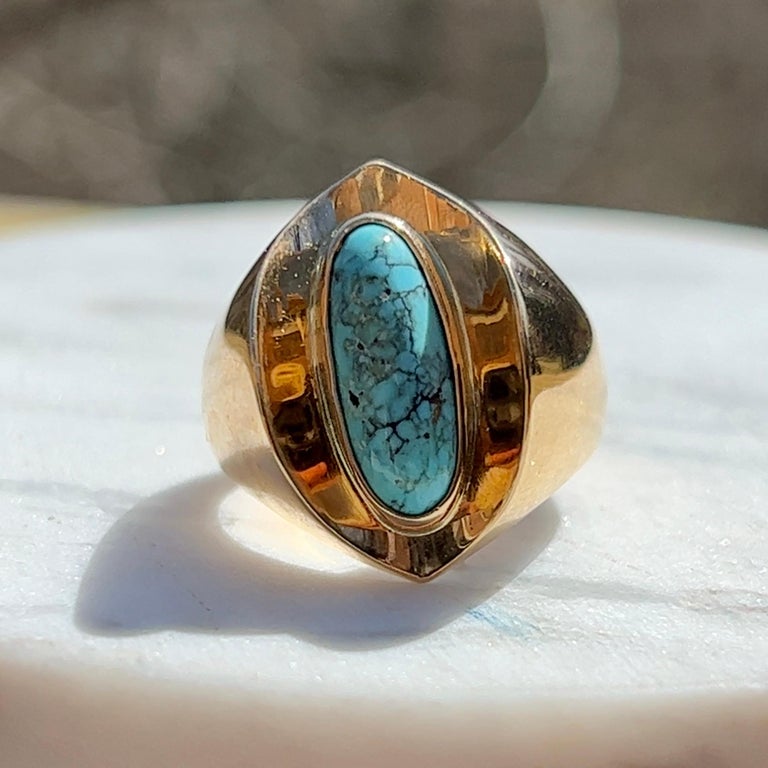
Mid-Century Modern Jewelry (1940s-1960s)
Mid-Century Modern jewelry showcased sleek lines and minimalist styles, emphasizing simplicity and functionality, not only in jewelry but across various design industries. A subset of the Mid-Century Modern jewelry movement is the Atomic movement, inspired by the innovative Space Age. Designs from this time emphasized atomic and futuristic motifs, including rockets and starbursts.
Is Estate Jewelry Valuable?
The value of estate jewelry depends on various factors, including materials, craftsmanship, condition, age, and designer. In some rare cases, the previous owner plays a significant role in value, as seen with jewelry owned by Elizabeth Taylor or Jackie Kennedy. Estate jewelry can be a smart investment when you buy authentic estate jewelry from certified sources.
Getting an Estate Jewelry Appraisal
A certified gemologist should appraise your estate jewelry. This gives you the best value estimate. Find a jewelry store with an accredited gemologist and high ethical standards, such as a JA member store, to ensure you're not taken advantage of. Our gemologists provide professional estate jewelry appraisal services at all our locations.
Where to Buy Estate Jewelry
The Best Place to Buy Estate Jewelry
Find a reputable jeweler to buy estate jewelry, ideally one who employs staff with accreditation from GIA, AJS, or NAJA and whose store is a JA member. When searching for "estate jewelry near me," look for estate jewelry stores that meet professional standards.
Jewelry stores that meet these standards employ qualified personnel who understand estate jewelry value and significance and hold themselves to the highest ethical standards for American jewelry stores.
These jewelers know what they sell and price items accurately. They inform you of any issues or needed repairs. They answer your questions correctly. Our estate jewelry collection includes carefully curated pieces from multiple eras, and we're proud to serve as trusted estate jewelry stores in Maryland and West Virginia.
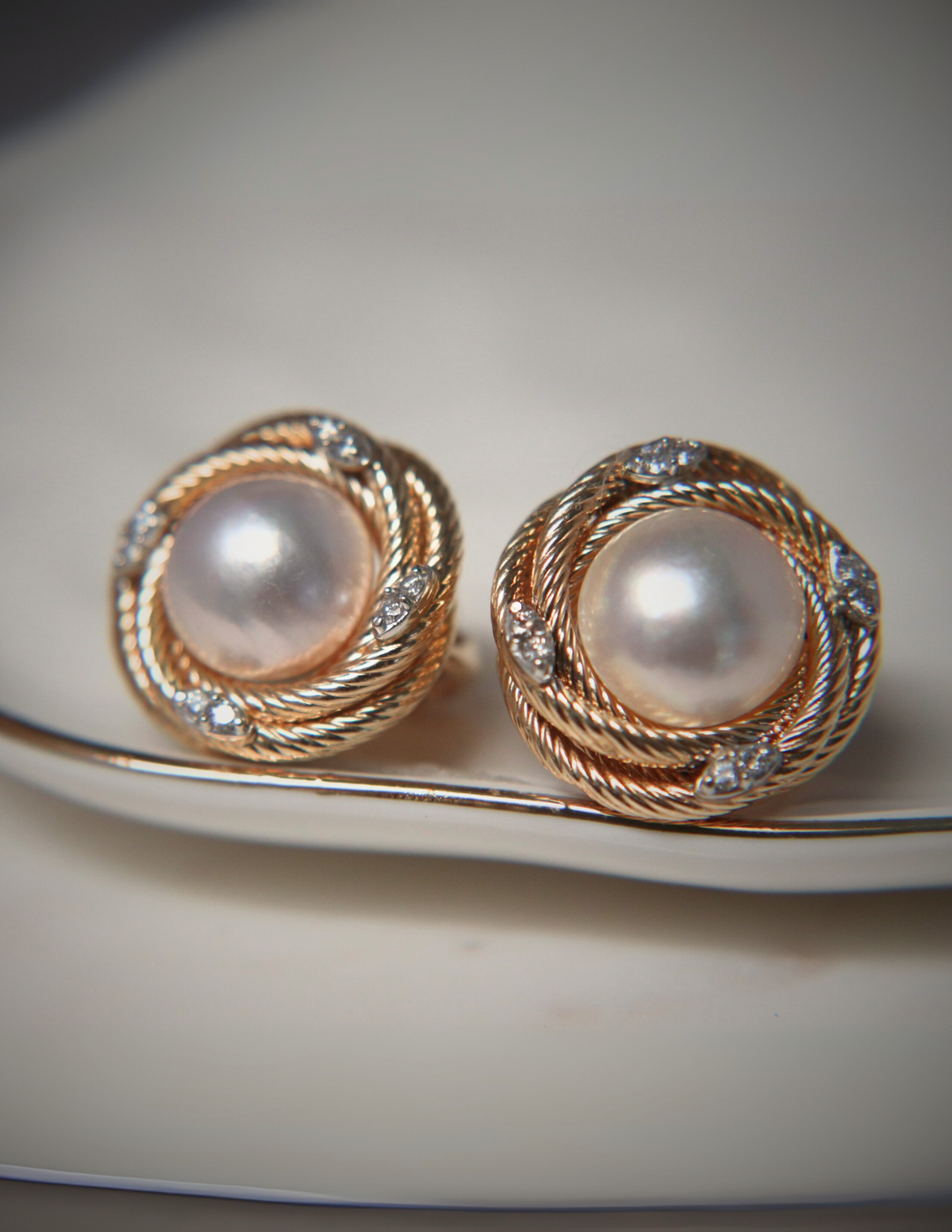
Other Places to Buy Estate Jewelry
There are other options when it comes to buying estate jewelry. However, unless you have some kind of training, such as through an accredited institution or as an apprentice to a master jeweler, there’s no guarantee about what you’re getting.
There are several factors that a gemologist will evaluate to understand the value and time period of an estate piece, including, but not limited to, metal, stones, settings, and hallmarks. To an untrained eye, a piece of estate costume jewelry could appear to be fine jewelry.
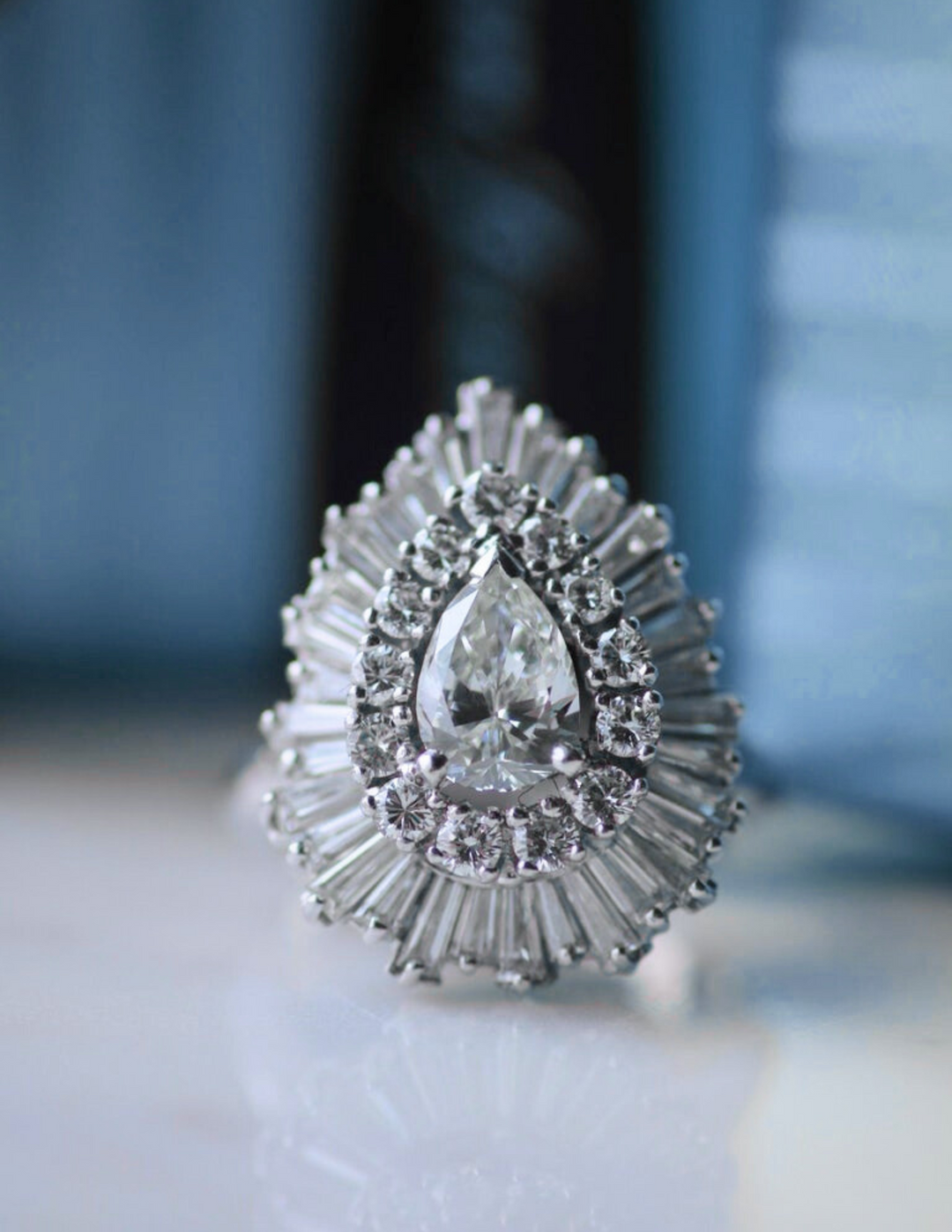
That said, if you are feeling lucky and want to take a chance, some other options for purchasing estate jewelry include:
Professional and Curated Sources with Less Risk
- Auctions (Sotheby’s, Phillips’s, etc.)
- Estate sales, trust and probate sales, and estate liquidation firms
Casual Sources with Higher Risk
- Flea markets
- Private collectors (unless well-established and trusted, these transactions can carry risk since there’s less accountability)
- Pawn shop
- Online (FirstDibs, Etsy, etc.)
Estate Jewelry vs. New Jewelry: Which Should You Choose?
Estate jewelry vs new jewelry offers different advantages. Pre-owned jewelry often provides better value and unique character that new pieces can't replicate. Estate and vintage engagement rings, for example, offer craftsmanship and designs rarely seen in modern jewelry. You also get a piece of history with authentic estate jewelry.
New jewelry offers the latest styles and comes with full warranties. The choice depends on your personal preferences and what story you want your jewelry to tell.
Is Estate Jewelry Worth It?
The answer to this is entirely subjective and will differ for each person. If you’re the type of person who enjoys spending a cozy afternoon in a thrift shop, you may be the type of person who is drawn to estate jewelry.
There are several reasons that people enjoy owning estate jewelry. Estate jewelry, especially vintage and antique jewelry, means owning a piece of history. Some people love the idea of owning an engagement ring that was part of someone else’s love story or wearing a brooch that defined a fashion era.
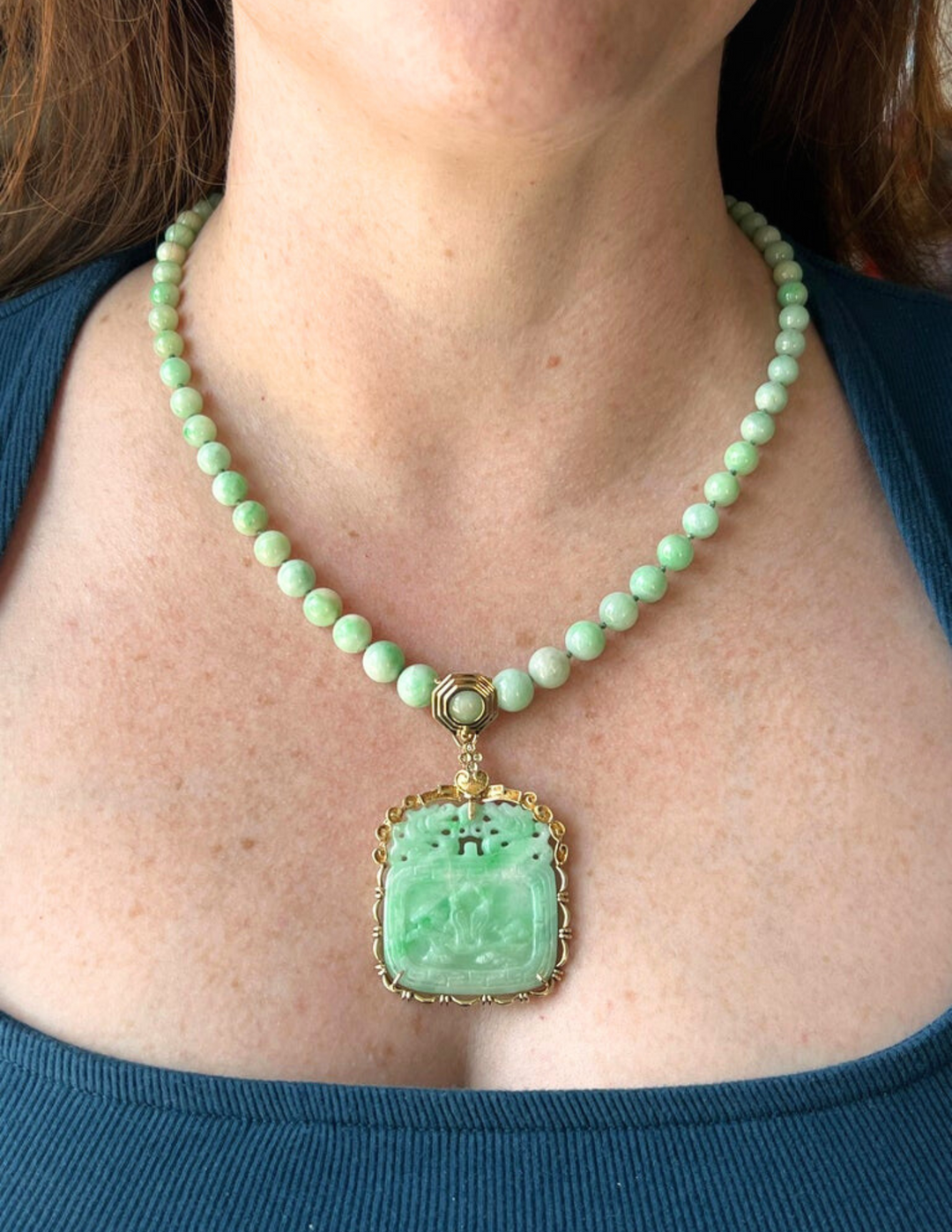
Older pieces of estate jewelry are rarer and become collector’s items. They can feature unique designs and motifs. Certain pieces crafted from strong materials, such as platinum, can become heirloom pieces that are passed down through generations. There’s no right or wrong answer to whether estate jewelry is worth owning.

How to Care for Estate Jewelry
Depending on the age of your estate jewelry piece, it may require specialized care and storage. This is especially true for antique jewelry pieces and some vintage pieces. For example, it is generally advised not to use an ultrasonic cleaner for antique jewelry. It’s best to store items separately when possible to avoid scratching.
It is recommended that you consult with a reputable jeweler on the best way to care for your estate pieces. They will either be able to provide you with the best method to clean your specific piece or recommend that you bring it in for professional cleanings only. Proper care ensures your heirloom jewelry remains beautiful for future generations.
Bonus Reading: The Complete Guide to Jewlery Care
Is Estate Jewelry Right For You?
Now that you have a deeper understanding of what estate jewelry is, has it changed the way that you view jewelry in general? Is there a particular part of history that you want to own a piece of? Exploring estate jewelry is a journey through beauty and history. Just be sure to shop with care and trusted guidance so each piece becomes part of your story, too. And most importantly, have fun exploring the vast and fascinating world of estate jewelry.
Whether you're searching for vintage engagement rings, antique brooches, or investment-quality pieces, buying from certified gemologists ensures you get authentic estate jewelry at fair prices.
Visit Our Estate Jewelry Stores
Explore our estate jewelry collection at our locations in Towson, MD, Easton, MD, Frederick, MD, and Inwood, WV. Our certified gemologists provide expert guidance, professional appraisals, and answers to all your estate jewelry questions. Find estate jewelry near me—visit us today!






